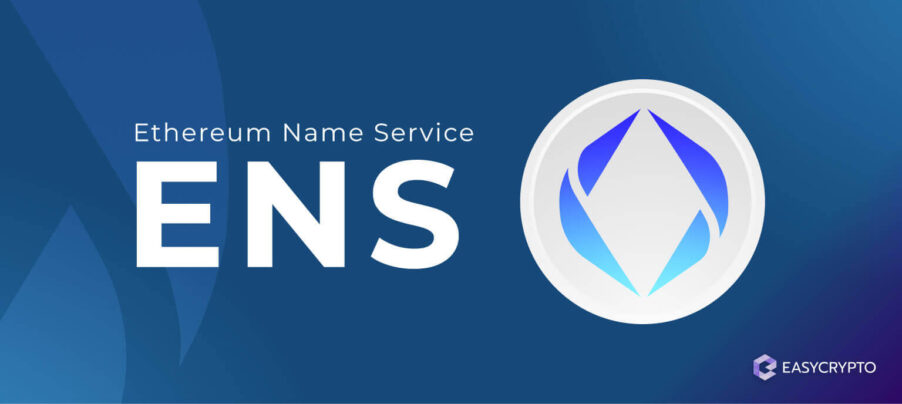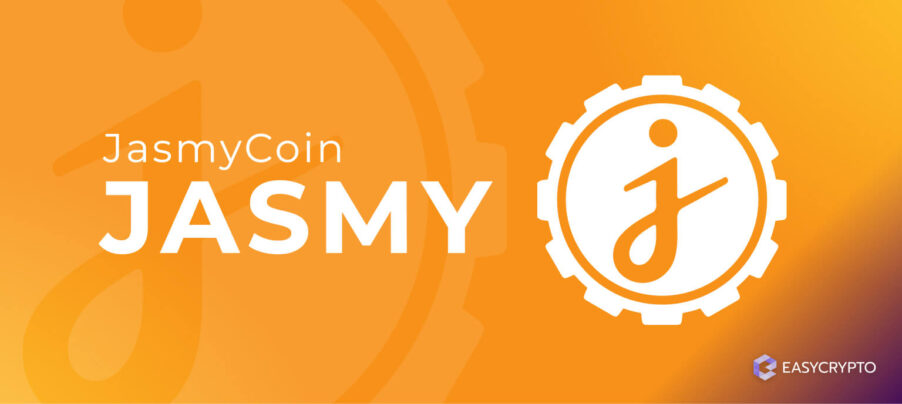What is Ethereum 2.0? The Next Evolution of Ethereum Explained
What is Ethereum 2.0, and how is it different from the current version of Ethereum? Take a closer look at the next generation of Ethereum.
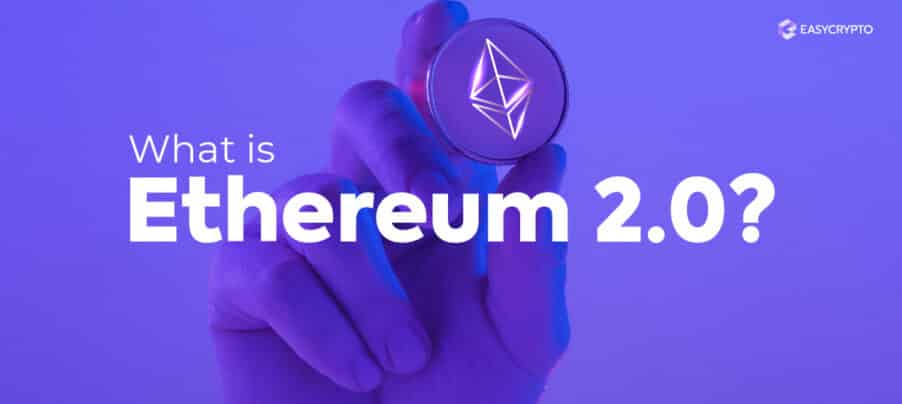

Update: As of Q3/Q4 2022, the term Ethereum 2.0 and Eth2 has been deprecated to prevent confusion in the community. Moving forward, the transition event for Ethereum will be known as The Merge.
Ethereum is not in its final form. Its current design is never meant to be forever, and the creators knew this.
In the Ethereum whitepaper, Vitalik Buterin writes that “in the future, it is likely that Ethereum will switch to a Proof of Stake model”. This shows that Buterin and his team were thinking ahead to make Ethereum one of the best decentralised platforms ever created.
Most people have likely heard about Ethereum 2.0 at the start of 2021. However, much of the work for Ethereum 2.0 have already begun around 2018.
So, what is Ethereum 2.0 and how is it different from the current version? How will its value proposition differ once Ethereum upgrades to the next stage?
Good to know: This article will be much easier to understand if you know about Ethereum, Proof of Work, Proof of Stake, and blockchain forks.
What is Ethereum 2.0?
Ethereum 2.0 will be the culmination of years of research and upgrades on Ethereum. These upgrades are currently in the works to gradually transform Ethereum 1.0 into a more sustainable, secure, and useful decentralised network.
Ethereum 2.0 will be a backwards-compatible hard fork. This means that ether (ETH) used on today’s Ethereum can also be used on software or apps running on the later version of the network.
The core design principle of Ethereum
Ethereum is essentially a platform that allows developers to build various kinds of applications on top of it. Applications include, but not limited to, decentralised exchanges, marketplaces, games, websites, and cloud computing servers.
You can think of Ethereum as a network of thousands of computers that are simultaneously running the same “world computer software”, to keep track of billions of account states.
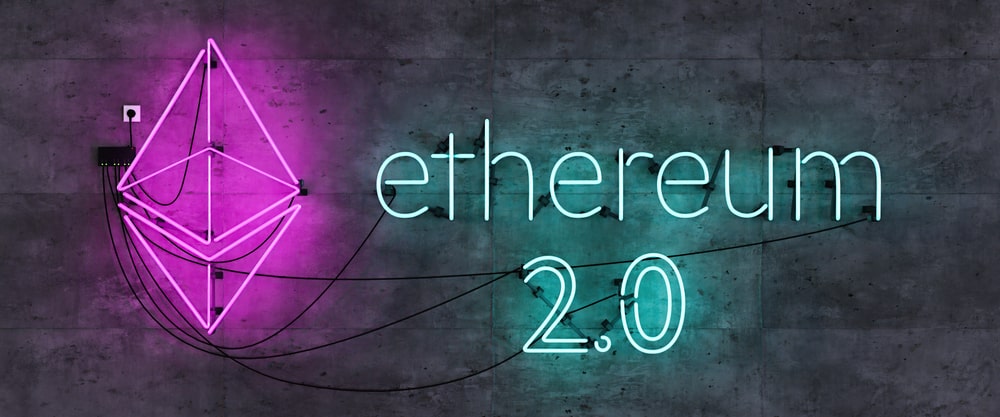
If you take a snapshot of the billions of account states every 15 seconds*, and then line them up in chronological order, you’ll essentially recreate the Ethereum blockchain.
Each snapshot (one Ethereum block) is a time-specific state of the Ethereum software (also known as the Ethereum Virtual Machine, or EVM). Each block records a change in the software’s state. So, the Ethereum blockchain is a record of state transitions.
How the EVM specifically works is beyond our scope. What’s important to know is that this system makes Ethereum one of the world’s most secure, most flexible, general-purpose blockchain.
No upgrade will ever change these core functionalities of Ethereum.
*Fifteen seconds is currently Ethereum’s block time. Block time does not equate to transaction speed, and is subject to change based on community voting.
How is Ethereum 2.0 different from Ethereum 1.0?
While the core functionality of Ethereum will remain unchanged, several technologies will be implemented to make Ethereum 2.0 truly different from today’s current version.
Ethereum 2.0 will employ at least three major blockchain technologies — Proof of Stake, Layer-2 solutions, and sharding (more in detail below).
These technologies will allow Ethereum to become more energy-efficient, interoperable, scalable (up to an estimated 100,000 transactions per second), and more decentralised, therefore, more secure.
The next section will explain the role Proof of Stake, Layer-2 solutions, and sharding will play on Ethereum 2.0.
Proof of Stake, an eco-friendly consensus protocol
The current version of Ethereum uses Proof of Work consensus protocol. Unfortunately, Proof of Work is known to be wasteful, both in terms of energy and hardware resources.
Vitalik Buterin wrote that Proof of Stake can equally be used “to serve the backbone of a cryptocurrency”, not just Proof of Work.
Proof of Stake can offer greater security as it makes it easier for nodes to participate in consensus. All full nodes will require to stake (i.e. to provide collateral) at least 32 ETH.
Instead of a cryptographic puzzle, each node will be randomly selected to lead other nodes in producing the next few blocks.

The stake requirement of 32 ETH is, at today’s cost, approximately US$4,060 in invested capital. This is a much smaller price to pay compared to investing in ASIC mining rigs. Not to mention, node operators can save energy and reduce environmental impact.
Staking nodes can also easily form a staking pool, where investors can delegate their ETH towards a node operator. A social reputation system will likely form as nodes can be punished (i.e. lose a portion of their stake) if they act maliciously.
This also means that node operators will find it much harder to collude and own more than 50% of all staked ether to perform a network majority attack (i.e. a Sybil attack).
Layer-2 solutions, bridges to Ethereum
Layer-2 solutions are essentially systems that help Ethereum apps off-load transactions onto another blockchain, which runs in parallel to Ethereum. These blockchains are known as side-chains, and have already existed alongside today’s Ethereum.
Side-chains work by summarising or batching transactions together, and then submitting a roll-up back onto the Ethereum blockchain as a single transaction. A roll-up is a packet of data that provides proof that the batched-up transactions were processed properly on the side-chain.
Layer-2 solutions like Polygon (MATIC) also have connections to other blockchains, like Cosmos (ATOM). This enables Ethereum apps to reach a wider ecosystem through bridges to and from Polygon, as well as alleviating network congestion.
Note that Layer-2 blockchains are separate from the Ethereum main network. They are also independently developed by other developers who may not be part of the core Ethereum developer team.
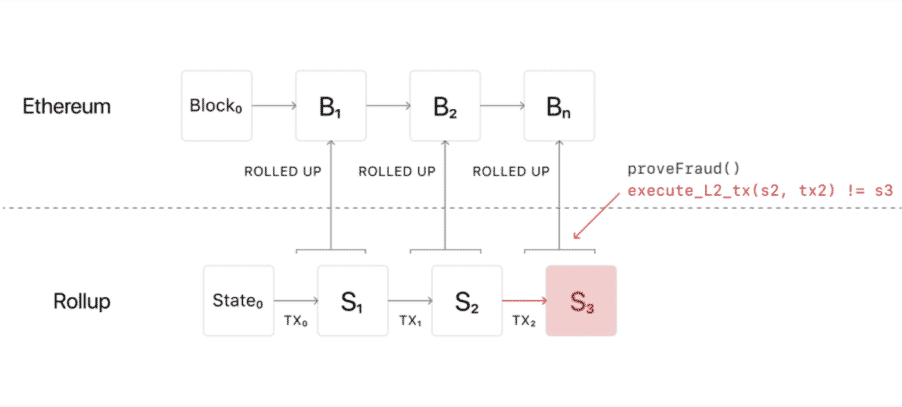
Ethereum 2.0 will have a sharding technology that will allow it to scale up to thousands of transactions per second.
However, Layer-2 solutions will still play an important role to expand Ethereum’s ecosystem. As mentioned before, Layer-2 solutions are essentially bridges to other blockchains.
Some proponents of a multi-blockchain future suggest that each app should have their own application-specific blockchain. Some blockchains can be private and centralised for use in governments and businesses, while others can be open-source and decentralised.
Ethereum will always be an open-source, decentralised, and general-purpose blockchain, but it doesn’t mean it will not interact with other kinds of blockchains in the world.
Sharding, for true Ethereum scaling
Unlike Proof of Stake and Layer-2 solutions, sharding is a technology on Ethereum 2.0 that is currently undergoing design explorations.
It is the last component of Ethereum 2.0 to be implemented, as it is the most complex component of all.
To explain what sharding does to Ethereum, let’s first start with a simple analogy — an airport security checkpoint.
- Imagine a busy airport where there is only one queue to go through the security checkpoint. The queue has gotten so bad that passengers have to bribe the security officers to skip ahead of the queue. For sure, this one queue is secure as it gets all the attention from security officers. But passengers must pay or risk waiting too long — not an ideal scenario.
- At its current state, the airport could do one of two things — use faster detection machines or open a new queue. The former solution will require more technically skilled officers, and there aren’t a lot of them in the market for hire.
- The latter solution will multiply the queue speed but risk spreading the officers too thinly. This would weaken the security of each queue. For example, if one officer is in charge of one queue, the officer would have no backup if there is trouble.
- The best way around this is to take a balanced approach. First, make it so that the job requirement for a security officer is low enough so that there will be no labour shortage. Each officer, however, must deposit something as collateral to show their commitment to the job.
- Then, make sure that each queue is backed by a small group of officers, but each officer will be assigned to a random queue and rotated every so often. This way, the small groups will always consist of different people each time. This prevents a group of officers from even planning ahead on acting maliciously on a particular queue.
- Lastly, enact a punishment system where malicious actors will have their salaries cut. This ensures that acting maliciously is both expensive as well as very difficult to do — an expense of money and time.
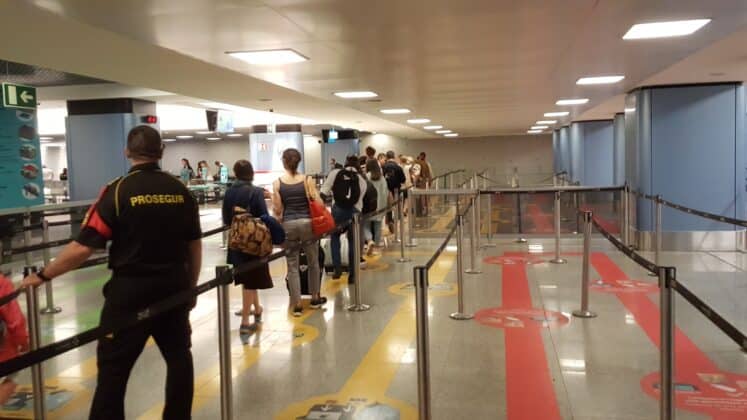
Granted, the analogy of the airport would fail if we consider the many labour laws that were broken, but let’s not overthink it. Now, let’s translate this analogy into real Ethereum concepts.
- The current state of Ethereum 1.0 is like the single-queue security checkpoint that we saw earlier. Security officers represent the nodes that keep Ethereum secure and accountable to one another.
- A larger block size is one possible scaling solution, but this will require specialised nodes that run on heavy-duty computers. In our analogy, these heavy-duty nodes are represented by the technically skilled officers that are only few in numbers.
Note that a larger block size will increase the barrier for nodes to participate in securing the network. Fewer nodes can pose security risks — an attacker can persuade fewer nodes to act maliciously.
- The Ethereum blockchain can be split into several shards that run in parallel, just like the multiple queues. However, if there are only so few nodes securing a single shard, attackers can prey on each shard and collapse the entire network.
- Ethereum would lower the hardware requirement to run a node, and even makes it easier for mobile users to run a lightweight Ethereum client. However, each validator must still stake 32 ETH as collateral — someone staking less than that can join a staking pool.
- The more nodes join the network, the better defended each shard will be. However, each Ethereum node will be in charge of a different shard each time. This random assignment ensures that no attacker is able to coordinate an attack on a shard.
- The Proof of Stake consensus protocol has already enacted a punishment system where dishonest nodes can pay a hefty fine using their staked ETH.
Sharding is already a real scaling solution implemented by the Zilliqa (ZIL) blockchain. However, it’s not simple to implement, as Ethereum did not start out as a sharded blockchain.
This means much work has to be done to ensure a smooth transition between Ethereum 1.0 to Ethereum 2.0.
The takeaway
Ethereum 2.0 is NOT a new blockchain. Once Ethereum gets the upgrade, ETH mining will be rendered obsolete and unprofitable, as staking will be the new consensus protocol.
Layer-2 solutions like Polygon (MATIC) will keep its role as a scaling solution and bridge between Ethereum and other blockchain networks.
In fact, once Ethereum transitions to Proof of Stake, it will depend on Layer-2 to control transaction fees and speed.

Sharding technology on Ethereum 2.0 will perhaps take another year to develop, as it is still in the design phase.
Even after the merge of the Ethereum mainnet with the Proof of Stake consensus layer, expect gas fees to remain somewhat the same. Without sharding, the transaction speed on the mainnet will remain at 15 tps.
If you are an ETH holder, you don’t have to do a thing, as Ethereum 2.0 is backwards compatible.
It would make no difference if you buy ETH before or after the upgrade. Likewise, smart contracts and apps will function just the same as always.
Share to
Stay curious and informed
Your info will be handled according to our Privacy Policy.
Make sure to follow our Twitter, Instagram, and YouTube channel to stay up-to-date with Easy Crypto!
Also, don’t forget to subscribe to our monthly newsletter to have the latest crypto insights, news, and updates delivered to our inbox.
Disclaimer: Information is current as at the date of publication. This is general information only and is not intended to be advice. Crypto is volatile, carries risk and the value can go up and down. Past performance is not an indicator of future returns. Please do your own research.
Last updated October 10, 2024



